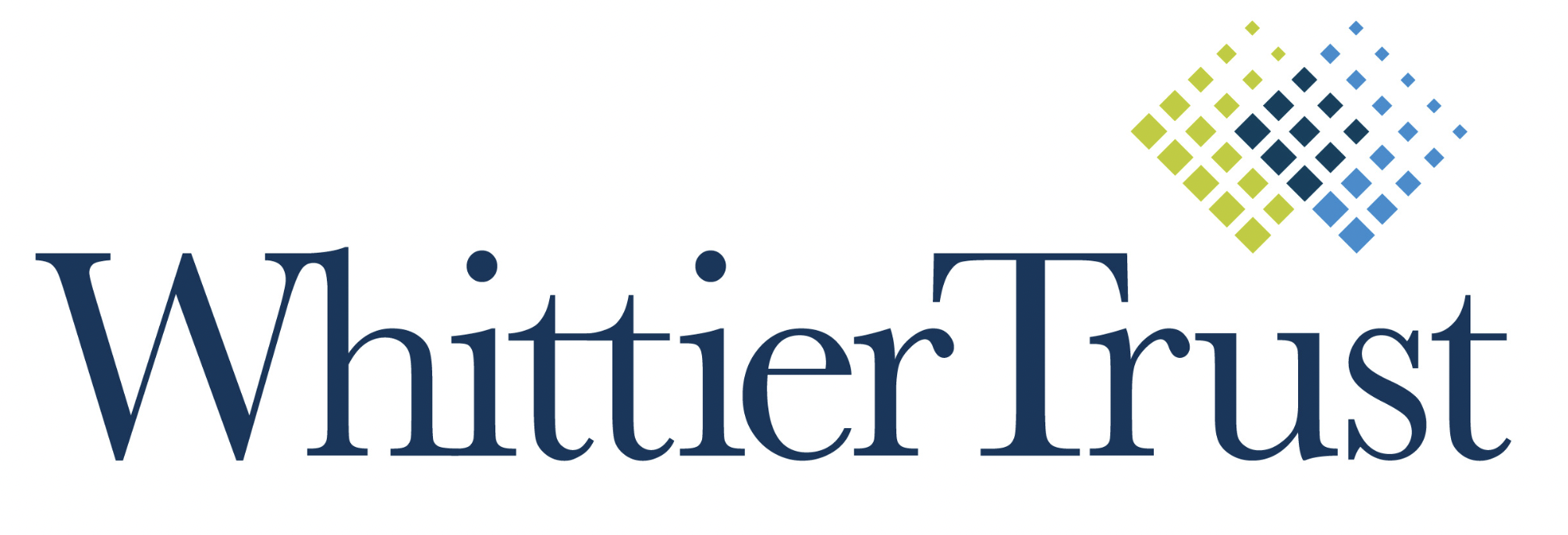In today’s low-interest-rate environment, investors need to be flexible to ensure their portfolio meets their income needs now and preserves their wealth for the future.
“Historically, investors would turn to bonds to generate income, preserve wealth and act as a ballast to the portfolio when the stock market sells off,” said Travis Moore, vice president and portfolio manager at Whittier Trust. “The big question today is, given the current interest rate environment, can bonds still fulfill these three roles?”
The answer: Not in the same way they did ten years ago. While bonds are still a vital part of an investor’s portfolio, their purpose has changed.
“Coming into the year, interest rates were already quite low, resulting in a lot of discussions about whether bonds still provided any value to a portfolio. But when the stock market sold off in March, high-quality bonds rallied and offset the losses in equities,” said Moore on the stability of bond performance.
But while traditional bonds still protect investors from market volatility, investors may also need to recalibrate their portfolio to supplement current income needs. Here’s a look at where investors can find those alternative income sources.
Explore Other Parts Of The Bond Market
“Taxable municipal bonds are becoming an increasingly large part of the market, partially due to 2016 tax law changes,” said Moore. “Historically, investors were fairly tax-averse, allocating primarily to traditional tax-exempt municipal bonds. But today, even after the brunt of federal taxes, investors can achieve a higher after-tax yield in taxable municipal bonds than from their traditionally tax-exempt counterparts.”
Another potential avenue for investment is seeking municipal bonds outside your home state. While they may subject you to state taxes, the advantages—higher yields, greater availability of potential offerings, and seeking out more creditworthy offerings—may offset that burden. This is true even in high-tax states like California.
“Given the opportunities in the muni bond market, investors can find additional yield even after paying the taxes of their home state,” said Moore.
Consider Bank Preferred Stocks
While some investors still have lingering concerns over the strength of the banks from the 2008 financial crisis, bank balance sheets are strong today despite recent turbulence. That’s why it can make sense to consider adding preferred stocks to your equity balance, whose dividends can then be used for cash needs. Often instituted by a financial institution, preferred stocks are hybrid securities that are generally less risky than common stock because preferred stock owners are paid before common shareholders in a company liquidation.
“Based on their performance throughout the financial crisis and their current balance sheet strength, we believe there is relatively little risk of banks interrupting payments of their preferred,” said Moore. Moore adds that bank preferred stocks are qualified dividend income eligible for preferred tax treatment and have higher yields than you would get in corporate or municipal bonds.
While this might expose you to volatility, given the strength of bank balance sheets, high dividend yields, and stable payout ratios, it is one way to preserve your purchasing power over the long term.
Add New Asset Classes
In the current market, investors may need to go outside their comfort zone and consider exposure to previously untouched assets.
“Other methods of meeting today’s income needs and protecting against erosion from inflation is looking outside traditional fixed income, such as high-quality dividend-paying equities or real estate,” said Moore. This could be cash flowing direct real estate, such as an investment property, or investment in assets like real estate investment trusts (REITs).
Alternative assets, such as investing in private debt, may also provide yield opportunities for investors to consider in meeting income needs.
Mitigate Risk
As interest rates are poised to stay near zero for the foreseeable future, it’s important to take action now to make sure your portfolio is generating the income you expect. That said, it’s equally crucial to make sure that your portfolio is bolstered against risk.
“It’s vital to take a holistic approach to your portfolio, so none of these actions should be done in a vacuum,” said Moore.
For example, if you’re taking on more in dividend income from stocks and less interest income from bonds, then it may make sense to make sure your fixed-income portfolio has more treasury bonds and less corporate bonds. That may also mean keeping enough liquidity on hand to mitigate risk and meet spending needs in the face of near-term volatility.
Whenever you’re recalibrating your portfolio, it can be invaluable to work with an advisor you trust. They can help preserve liquidity and income generation, introduce you to new opportunities and make sure you’re effectively managing risk as you seek alternative sources of income.
Written in partnership with Forbes BrandVoice.

TOMORROW’S SOURCES OF INCOME IN TODAY’S INTEREST RATE ENVIRONMENT
- Explore Other Parts of the Bond Market
- Consider Bank Preferred Stocks
- Add New Asset Classes
- Mitigate Risk
From Investments to Family Office to Trustee Services and more, we are your single-source solution.

